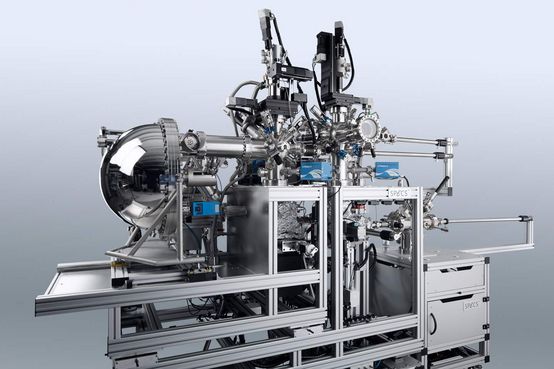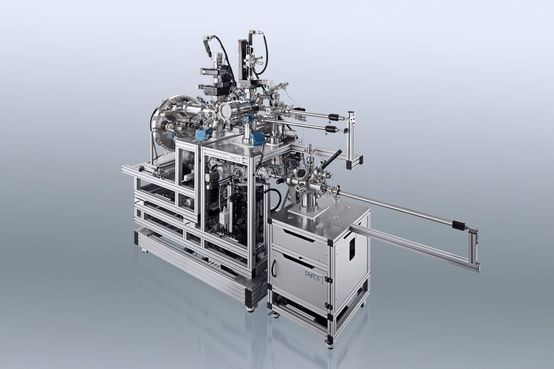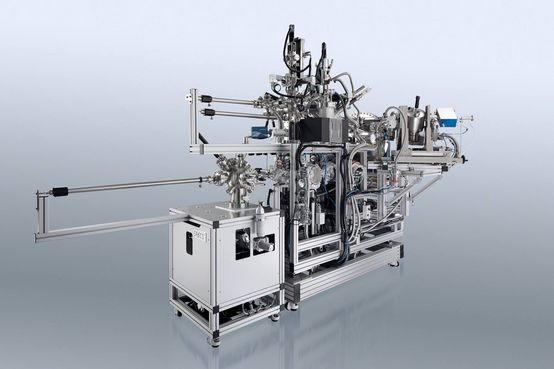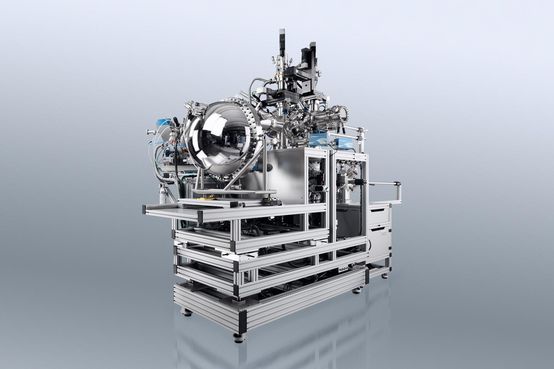 Detail
DetailSynchrotron ARPES System with PHOIBOS Analyzer
SPECS ARPES System for Synchrotron Application
The SPECS ARPES system for synchrotrons is a fully equipped ARPES and XPS system for modern surface analysis. It features the latest PHOIBOS analyzer series in combination with a ultra low temperature manipulator, sophisticated sample handling and an additional small spot UV and monochromated X-ray source. The analysis module is based on a special µ-metal chamber optimized for low kinetic energy analysis. A dedicated surface science preparation module with all necessary techniques (surface cleaning, LEED, deposition, sample storage) is included as well as a fast entry loadlock.
KEY FEATURES
- PHOIBOS ARPES Analyzer
- Energy Resolution <1.8 meV
- Angular Resolution <0.1°
- Dedicated Beamnline Entrance
- Small Spot UV and X-Ray Source with High Intensity
- Low Temperature 5 Axes Manipulator
- Sample Strorage and Transfer Chamber
- Pressure in Analysis Chamber <2 x 10-10 mbar
- Sample Preparation Module
Your web browser is deprecated
This could effect the presentation and some functions of our website.



